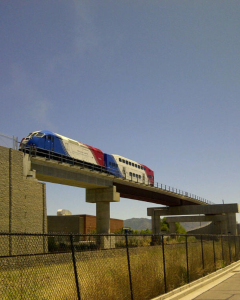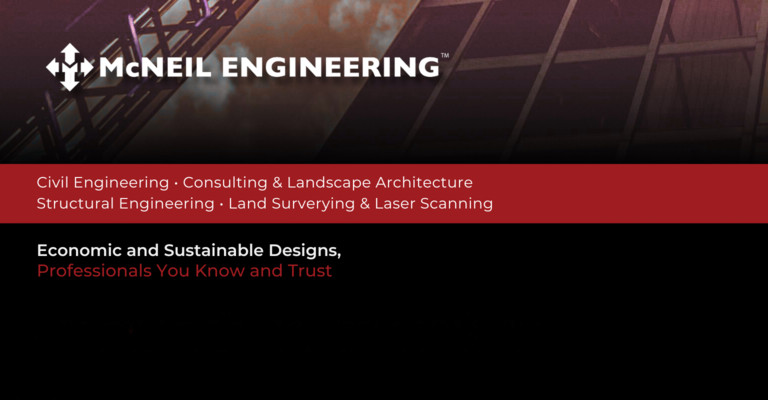 Last year, the UTA FrontRunner, Utah’s first commuter rail service, celebrated its 15th anniversary. This landmark public transportation project opened on April 16th, 2008, connecting Salt Lake City and Ogden. Since opening, service has been extended to Provo and the Wasatch Front. With 16 stations spanning 83 miles, the project was a massive public infrastructure undertaking and has been a success. As of 2023, there is an average of 12,100 weekly riders. Since 2018, the UTA has successfully upgraded half of the train fleet to reduce emissions by 29%. The 15th-anniversary celebration last April featured rider appreciation events at the Ogden, Salt Lake City and Provo stations.
Last year, the UTA FrontRunner, Utah’s first commuter rail service, celebrated its 15th anniversary. This landmark public transportation project opened on April 16th, 2008, connecting Salt Lake City and Ogden. Since opening, service has been extended to Provo and the Wasatch Front. With 16 stations spanning 83 miles, the project was a massive public infrastructure undertaking and has been a success. As of 2023, there is an average of 12,100 weekly riders. Since 2018, the UTA has successfully upgraded half of the train fleet to reduce emissions by 29%. The 15th-anniversary celebration last April featured rider appreciation events at the Ogden, Salt Lake City and Provo stations.
McNeil Engineering’s role in the UTA FrontRunner
At McNeil Engineering, we were fortunate to contribute to this transformative project. Our civil engineering team provided essential design services for the park-and-ride stations from Salt Lake City to Provo. These stations serve as critical access points for commuters, ensuring smooth transitions between different modes of transportation, such as buses, bicycles, and pedestrian pathways.
Our team’s work included the overall design of parking areas, bus loops, pedestrian walkways, site layout, grading, drainage, and stormwater management. Collaborating with various municipalities, utility providers, and construction partners, we navigated the complex approval and review processes required to complete these elements. Seeing our work in action today—facilitating efficient transportation and supporting sustainability efforts—gives us immense pride. It is rewarding to know that our contributions have helped create a greener, more accessible public transportation system for the people of Utah.
The role of civil engineers in public infrastructure
Civil engineers are uniquely qualified to help design and maintain transportation infrastructure. From roads to bridges and railways, civil engineers apply their expertise to create systems that efficiently move people and goods. However, working on a public transportation infrastructure project can be more challenging than working on a private sector project. Having worked extensively on both public and private infrastructure projects, our team at McNeil Engineering understands the distinct skills needed for success.
Specialized skills we provide for public infrastructure projects
Our civil engineering team provides a range of skills and services for public infrastructure projects, including:
- Site design feasibility studies – Assessing the viability of proposed project locations and layouts.
- Water management system designs – Including stormwater and sewer systems if needed.
- Road and grading design – Designing roadways and transportation corridors with appropriate grading and paving.
These are just a few services we provide that can be utilized on public infrastructure projects. The team at McNeil Engineering provides even more services, including surveying, BIM modeling, construction administration, and more, which we have utilized in many of the public projects we’ve worked on.
Key differences between public and private infrastructure projects
Public infrastructure projects operate under distinct conditions that set them apart from private-sector developments. Our time working on infrastructure projects like the UTA FrontRunner system and others has helped us acquire knowledge of the difference between public and private sector projects. Public projects have distinct differences that need experience to navigate. Here are a few of the most common differences:
- Project funding and ownership: These projects are funded by the government through taxpayer funds and typically remain under government ownership when completed. Approval of financing can take significant time, requiring government approvals, legislation and community engagement. The time between a project’s development and when funding comes through can be extensive and vary between projects. Designs prepared by civil engineers may need to be revised several times due to budget changes or approval changes that can happen during this process.
- Regulatory conditions: Public infrastructure projects are subject to more extensive regulatory processes than most private sector projects. Stricter budget rules, environmental regulations, and laws may apply to some projects. Civil engineers must know these conditions and adapt their work to meet them.
- Project scope: When designing public infrastructure projects, civil engineers must ensure their designs and work fit the broader community’s needs. Their work must meet public safety, accessibility, and sustainability needs, which are much broader than most private-sector projects.
- Project timelines: Timelines for public infrastructure projects are subject to a wide range of factors. Political and community considerations can affect a project timeline. Some projects may require community input, political approval, or carefully planned community disruptions. It takes experience working on public projects to learn how to navigate these processes as a civil engineer.
We are proud to support public infrastructure.
We are proud to have made Utah’s transportation system more efficient and sustainable with our work on the UTA FrontRunner system. Civil engineers are at the forefront of applying their expertise to create transportation networks and public infrastructure. As we continue to do our part in assisting in various public infrastructure projects, we remain committed to delivering innovative, practical, and community-focused engineering solutions. We know that our work on these projects helps support community growth and serves the public good, and we take great pride in our role in working with public partners to bring projects like this to life!








